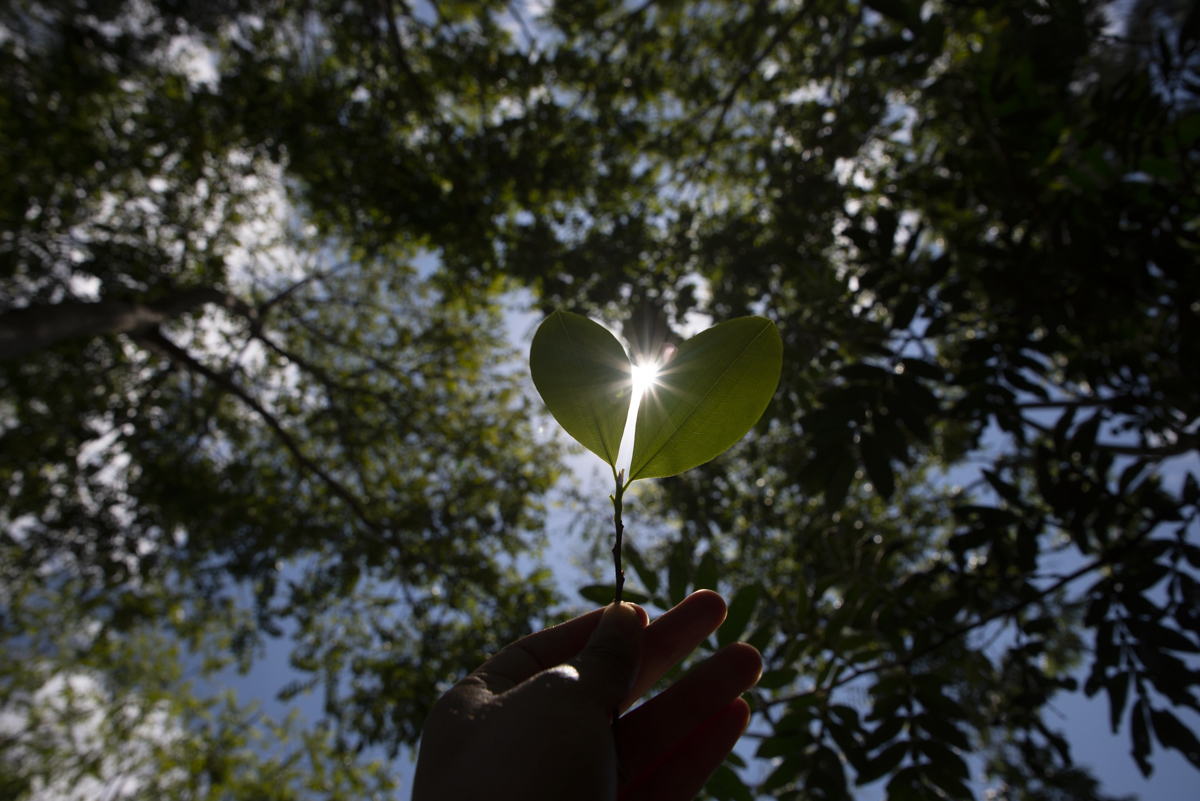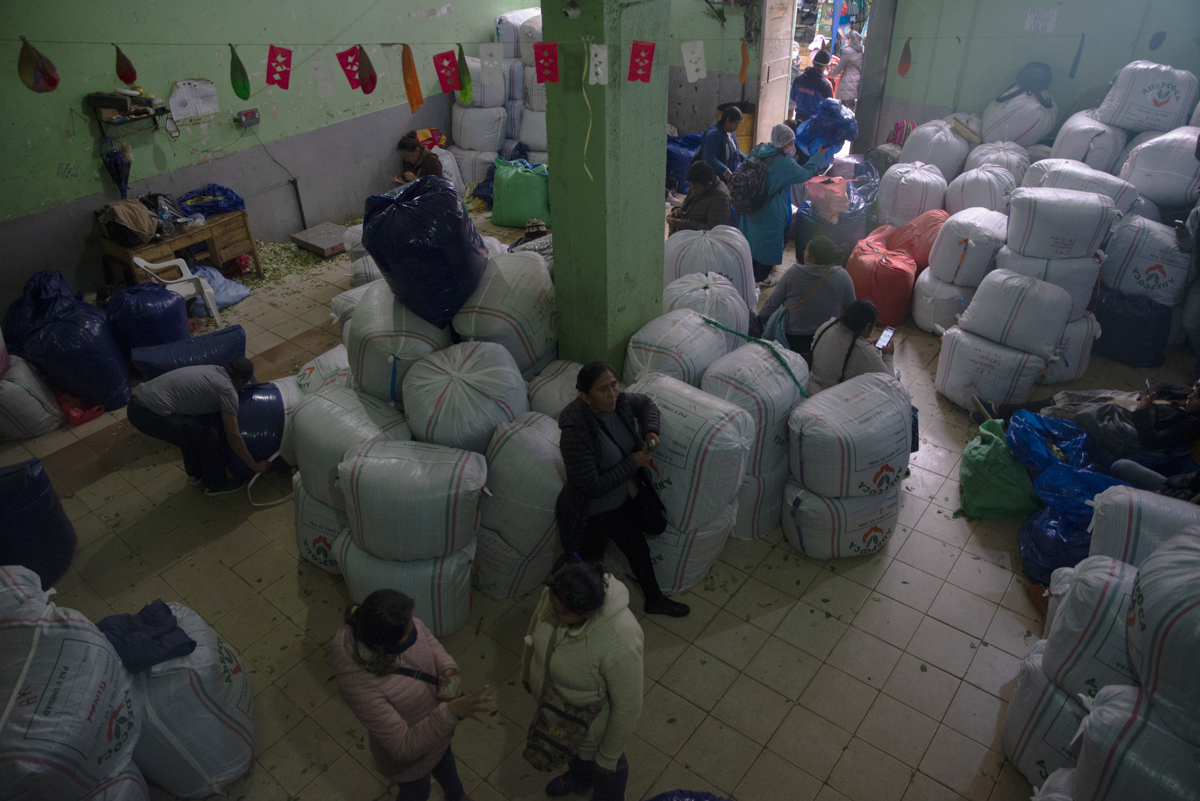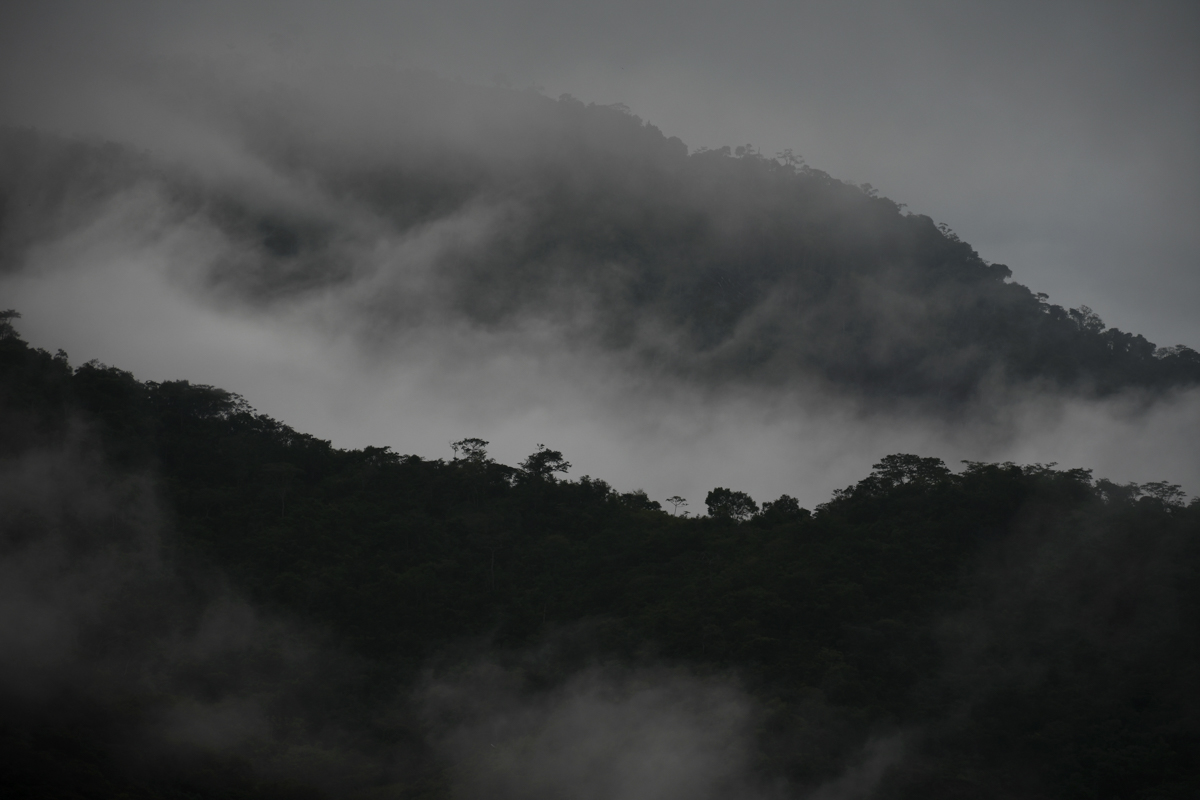Women who work the coca in Bolivia, a lot of times as a unique possibility of sustent, while outsiders stigmatize and the insiders do not let them take decisions. Women that widen the margins of the debate: they fight for the end of the genre violences and for taking care of the environment. Women organizing to support each other in union assemblies. Women who have something to say. The photojournalist Sara Aliaga and the political scientist Ara Goudsmit, both Bolivian, work on all this.
They do it together with the coca-growing women of La Asunta, a small town near La Paz. They contacted the community through the radio and reached out through listening. One of the meetings with the women was precisely about that, to open a space for them to speak, tell and reflect on what they live.
Sara Aliaga lives in La Paz but with her work, focused on gender and identity, she travels around the world. She is an explorer at National Geographic, she won the Women Photograph Workshop and other scholarships, as well as publishing in The New York Times, The Guardian, Foto Féminas, Reuters and others. She is part of CovidLatam and, in Bolivia, she founded a collective and a Residency in Gender Narrative.
In her work Cholita tenías que ser, she has fully immersed herself in the different roles that she, as a woman, has been occupying throughout her life. To what extent is a woman in a skirt? What was her great-grandmother like, who was also called Sara? What is having a ‘chola attitude’? With all that exploration inside her on her back, Sara understands coca growers and that is why she sought strategies to show them in a different way. “One way of putting forward a new narrative was to take them out of that stigmatizing context and make portraits of them”, she says.
Ara Goudsmit is a political scientist and has lived in Colombia for five years. She focuses on anthropology and philosophy, and collaborates with the media. She agrees with Sara on the importance of her own spaces and, at the same time, collective. “Men tend to silence them, leaders, coca growers, they ridicule women, they shut them up”, she reflects. That is why she believes that “saying ideas out loud is something super powerful.” For Ara it is important to tell women’s stories outside of the “heroism” with which men’s stories are told. “What role do women have in building their own communities and transforming them?” she wonders.
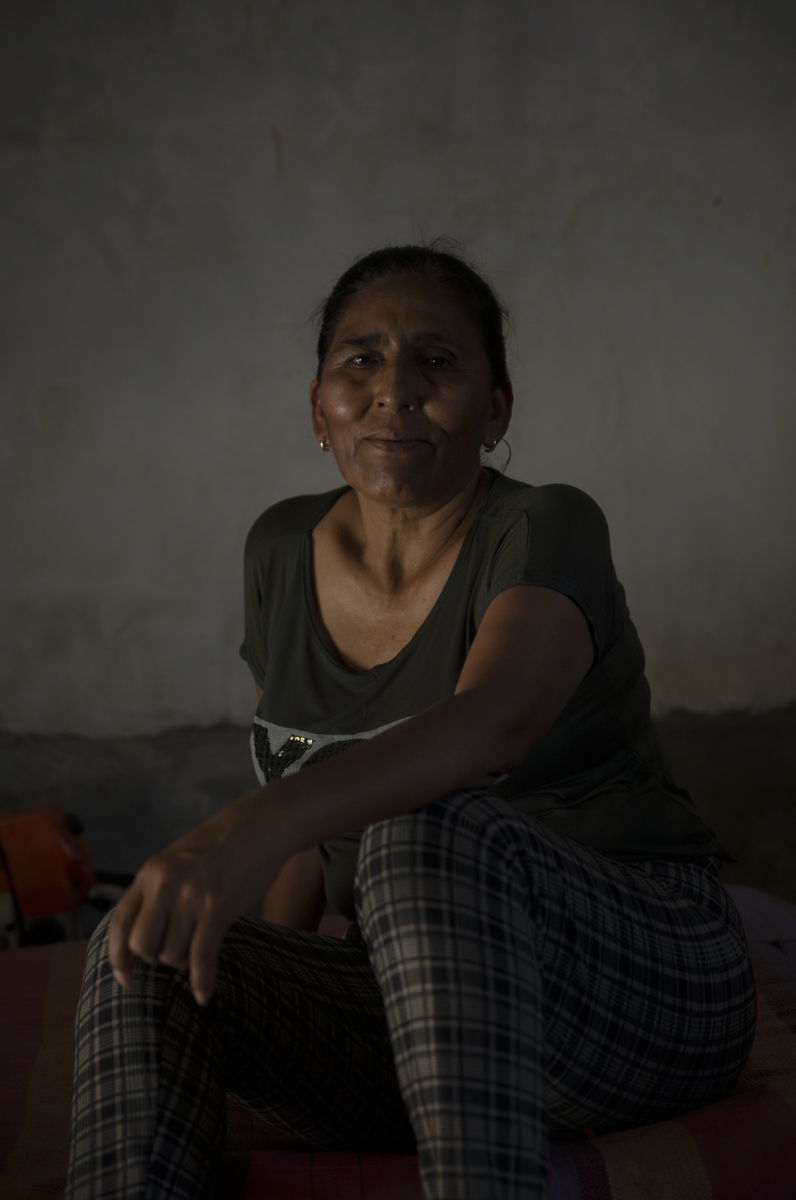
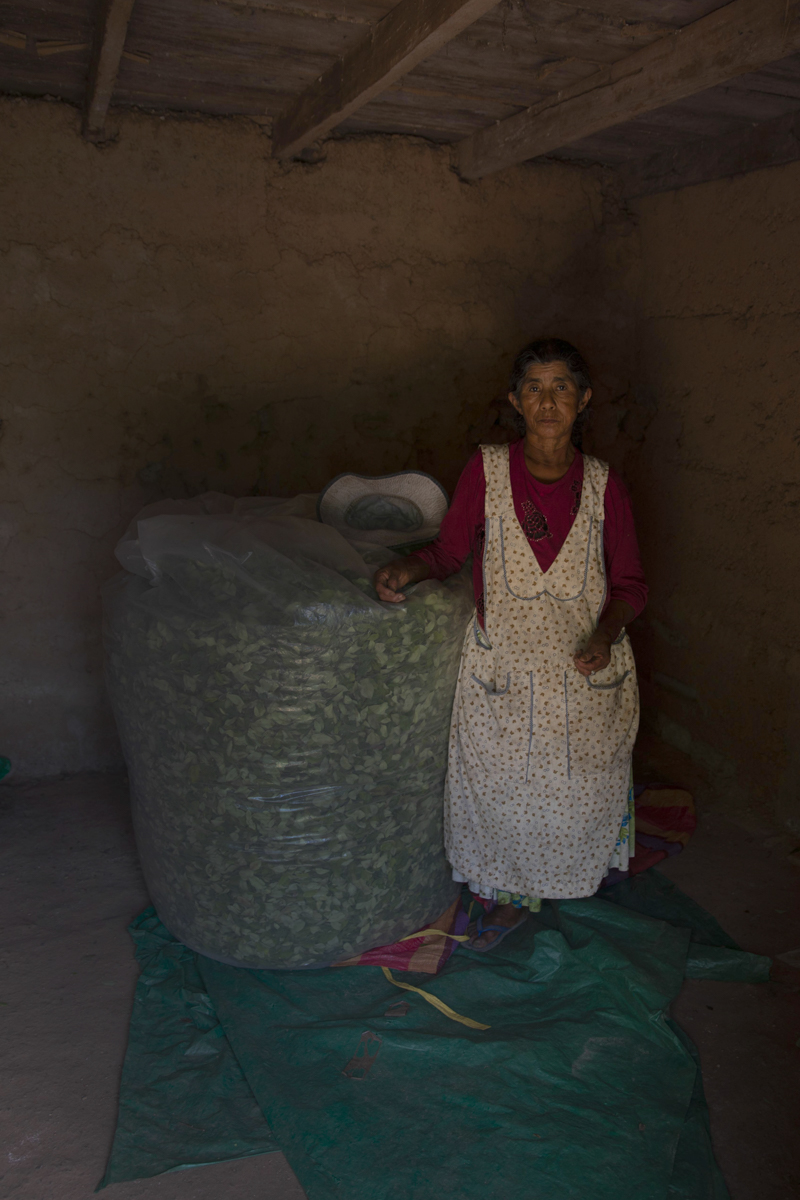
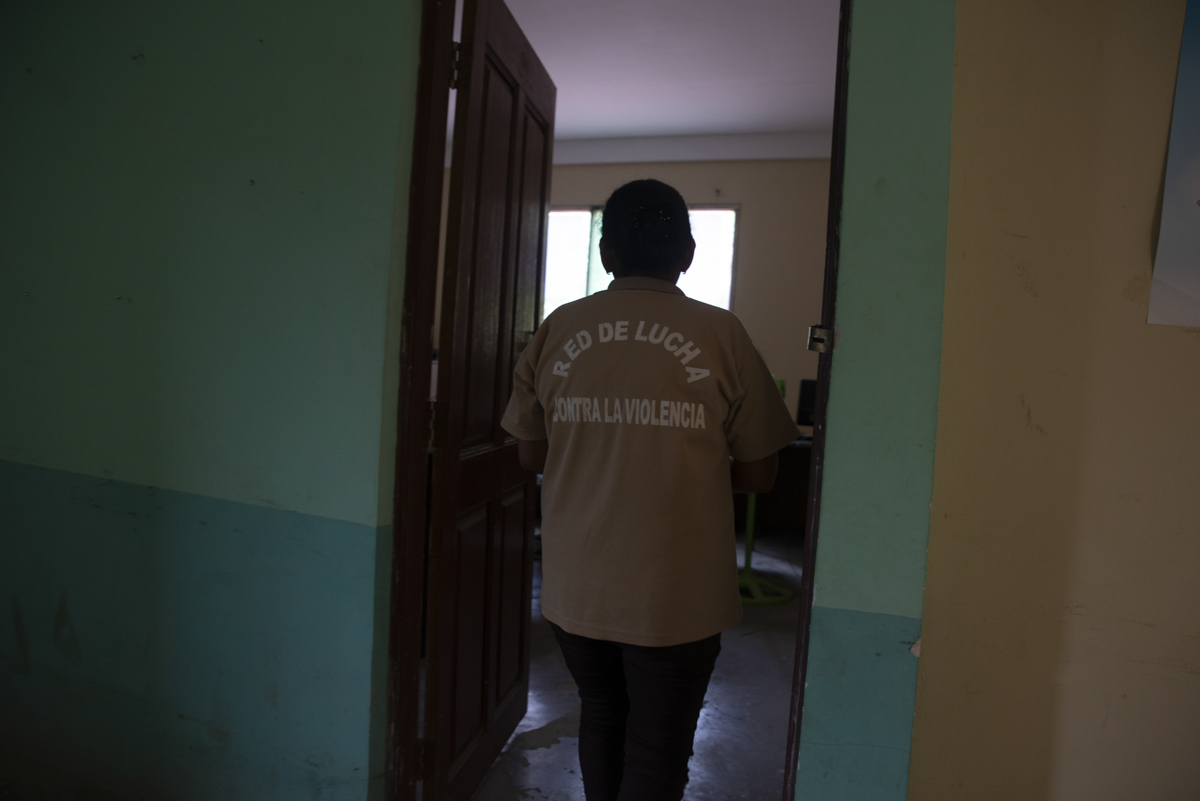
How did the project on coca-growing women come about?
Ara Goudsmit (Ara G): Sara and I are very interested in working on gender and identity issues in Bolivia. It also happens that the narratives and investigations related to gender and coca in Bolivia have not been made visible at all. One sees investigations or journalism on coca-growing women in Colombia or Peru, there is an excessive production of women and coca leaves, but in Bolivia there is silence in academia and journalism.
Sara Aliaga (Sara A): The work was born from the need to seek new approaches. It was interesting to discover that these women were also driven by needs, such as being able to hear their own voice in public spaces. More specifically, in spaces where decisions are made in reference to coca production and in reference to their fundamental rights as women. They are also in a contentious struggle around the violation of their rights, often represented in various types of violence (union, labor, or intra-family). We have even been able to find cases where there has been sexual violence.
But we did not want to focus on these topics but to see how women are trying to organize themselves to be able to raise all these needs and turn them into demands. One of the events we held, which was part of the investigation process, was to help them have a safe space where they can speak freely without being stigmatized, booed or discriminated against, so that they can talk about their needs as women, as coca growers, as Mothers even talk about their personal dreams. All of this includes their roles within production and is manifested in their roles as producers of coca leaves. Visually, I have been able to get close to four women and a girl of which one is our protagonist, her name is Estela.
Estela is a leader, in the sense that she is an activist for women’s rights and in defense of the environment. Through a meeting that we held, she wanted to identify more women leaders like her and that women can have more space in environments where union, production and women’s life decisions are made. One way of posing a new narrative was to take them out of that stigmatizing context and make portraits of them. It’s what I, as a photographer, have focused on the most.
Ara G: Estela began studying agronomy on the radio. Our form of contact with them has also been the radio. Radio is very strong in Bolivia, since the fall of the dictatorship and because of the union movements. It was a local radio station, with which we also carried out a program so that coca-growing women could broadcast more widely in their territories. The owner of the radio station, who is also a journalist, put us in contact with Estela’s story, who then opens the doors to the other women, because they know her very closely.
Women play a fundamental role in the coca economy. Estela promotes other debates in the coca-growing territories: for example, she promotes debates on ecology and caring for the environment. These women are driving previously unopened debates. Through it we have been getting closer to a story of a girl who, at the age of thirteen, seeks to have a much stronger political participation than her mother and her grandmother or stories of women who are working in community ties not through salaries but “one day I work for you, one day for my neighbor.” They are women who are opening these debates in coca-growing territories.
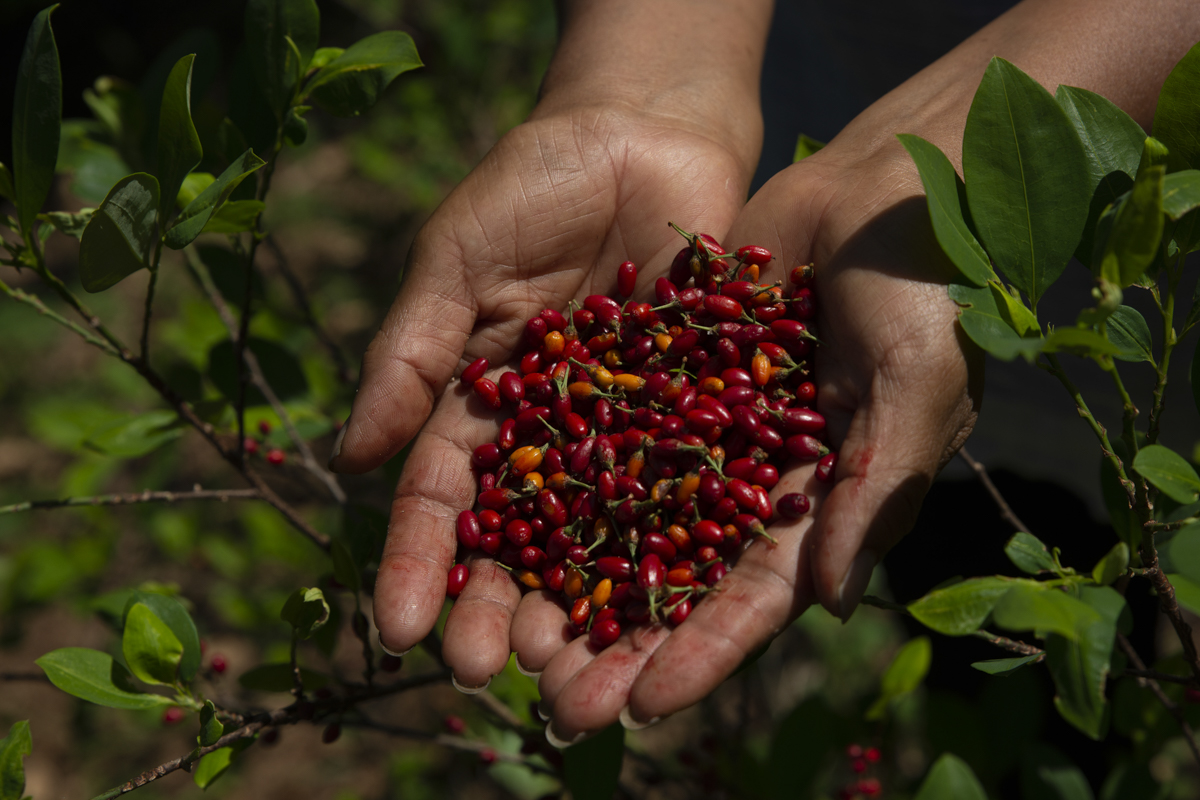
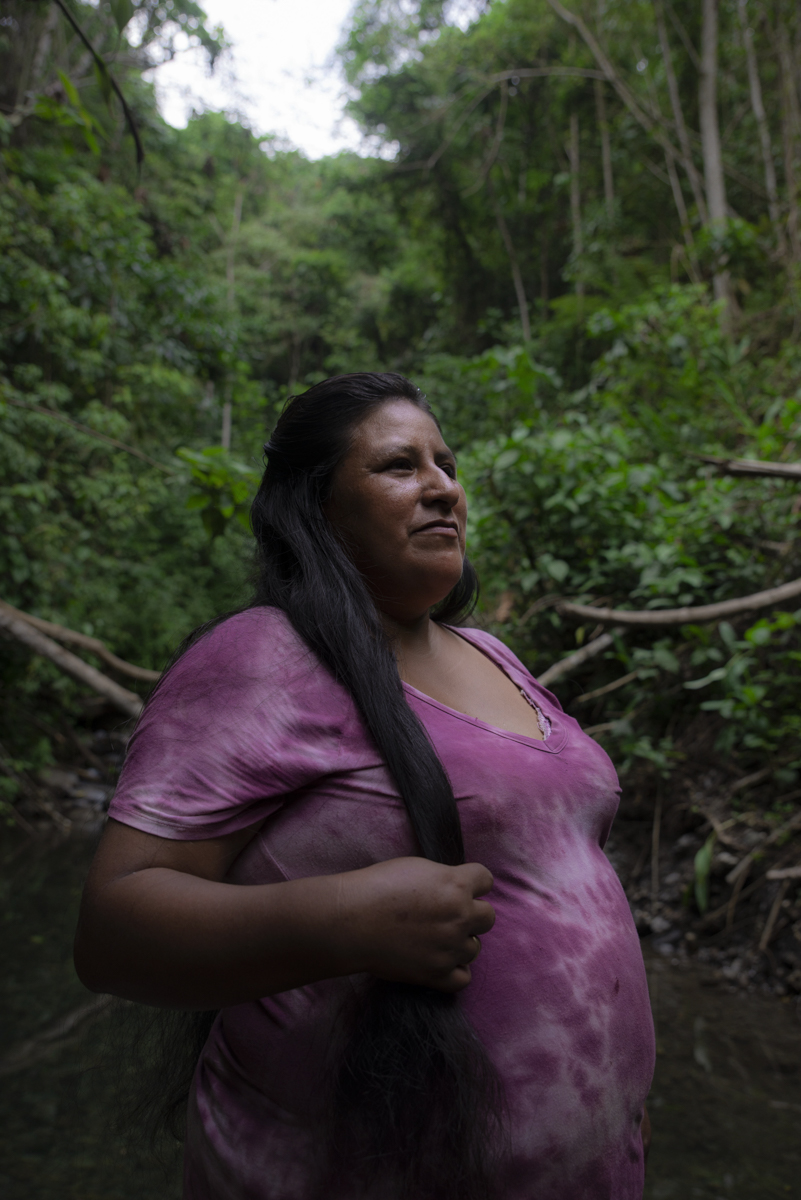
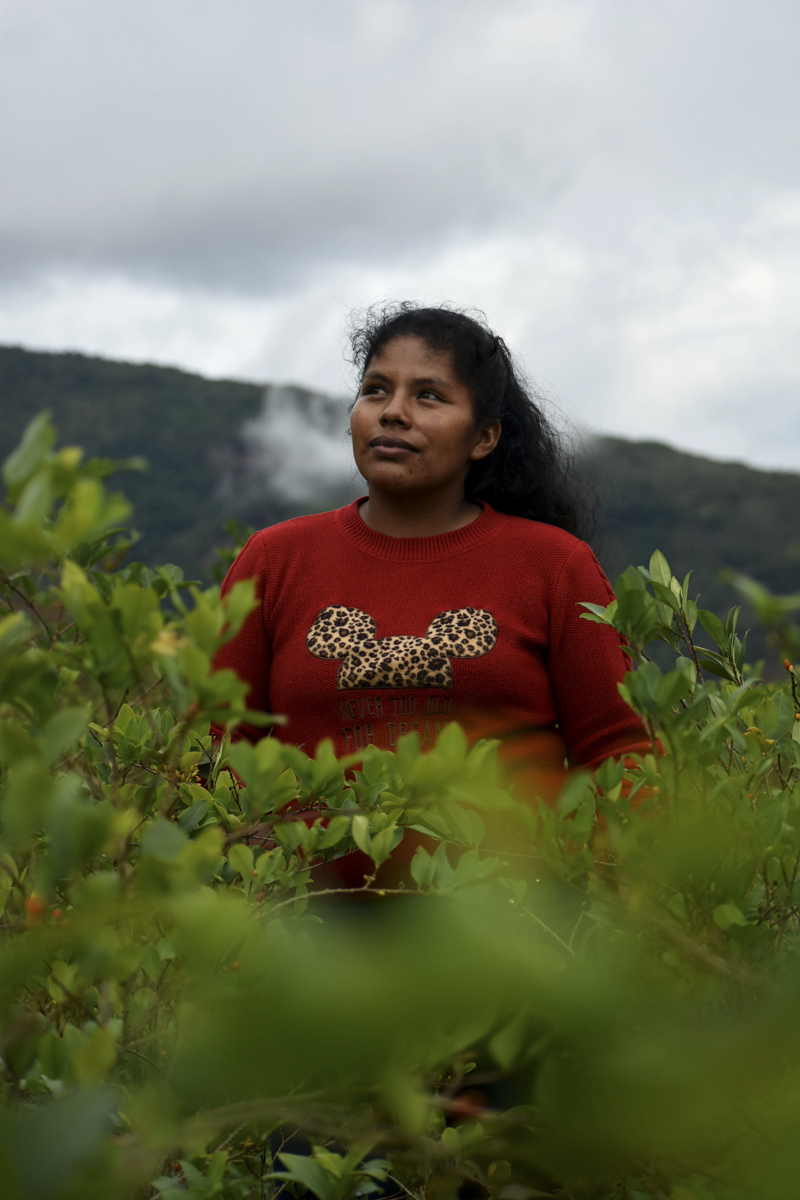
How did you build the bond with Estela?
Sara A: approaching communities is not always easy, especially when you don’t know the local people and you don’t know how they interact, different from us who are more urban people. This is in the city of La Paz, in the Yungas, in La Asunta. Communities are hermetic, but with good reason: it is their form of defense against people who can use them, mainly in territories where coca is handled.
They promote their ideas, of organic crops, of questioning participation in the distribution of the economy generated by coca. It has been step by step, very carefully, very slowly, they are people who have lived a lot of vulnerability. Above all, I always listen first, before I speak. Sometimes they are people who are not even heard in their homes.
In order to carry out this report we have used listening a lot: what they talk about, what they dream about. Those things are of their essence and they are what we were looking to portray. Many times they have this imaginary, as criminals or as drug traffickers, with weapons, with fear. But coca producers are not. They are practically enslaved, it is their only means, it is a family relationship that they have with coca. It is very difficult to break those ties because they were born in those spaces.
It is not what they are meant to do as children. These women have not only broken these chains of violence, many come from homes where they have suffered violence from their parents or partners. Coca is what will also allow them to get out of that. It is the only means of sustenance they have. It is what they do best. Many, during the pandemic, have begun to produce gardens. Due to the very fact that there was a food shortage and that roads were closed due to rigid quarantines, many women have started to plant corn, vegetables, vegetables.
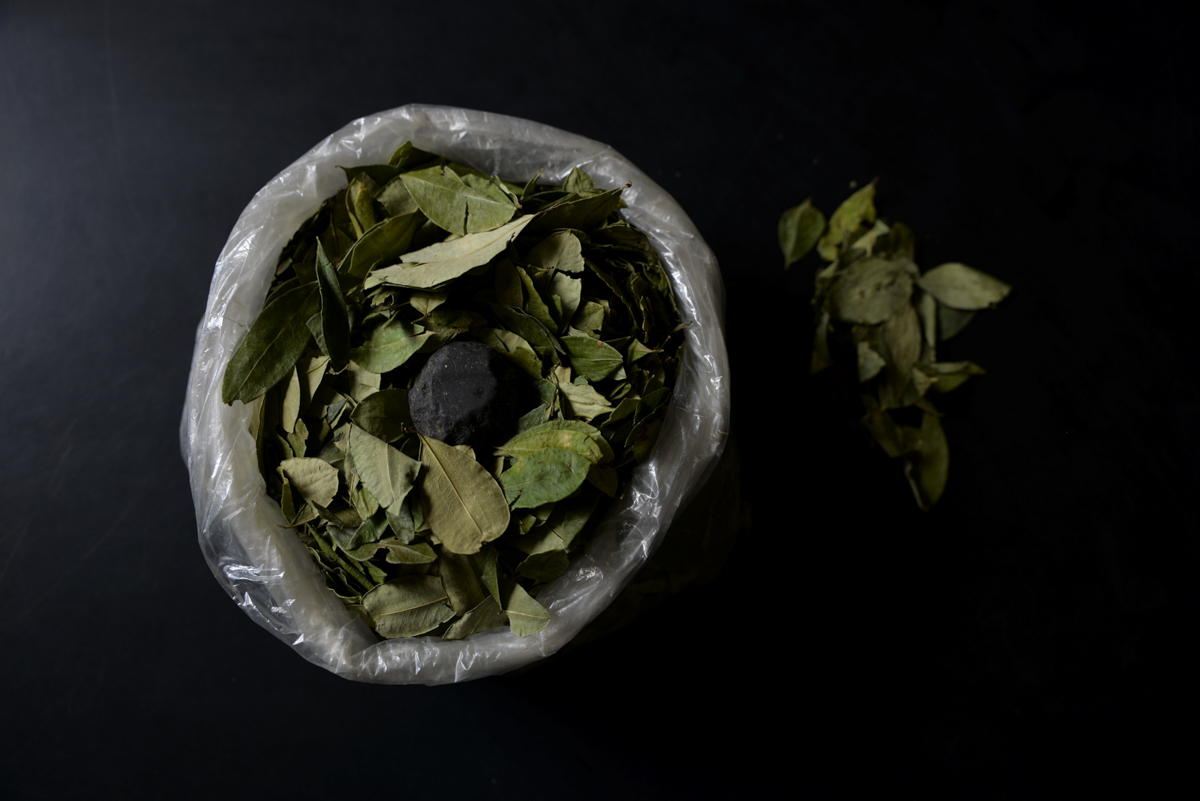
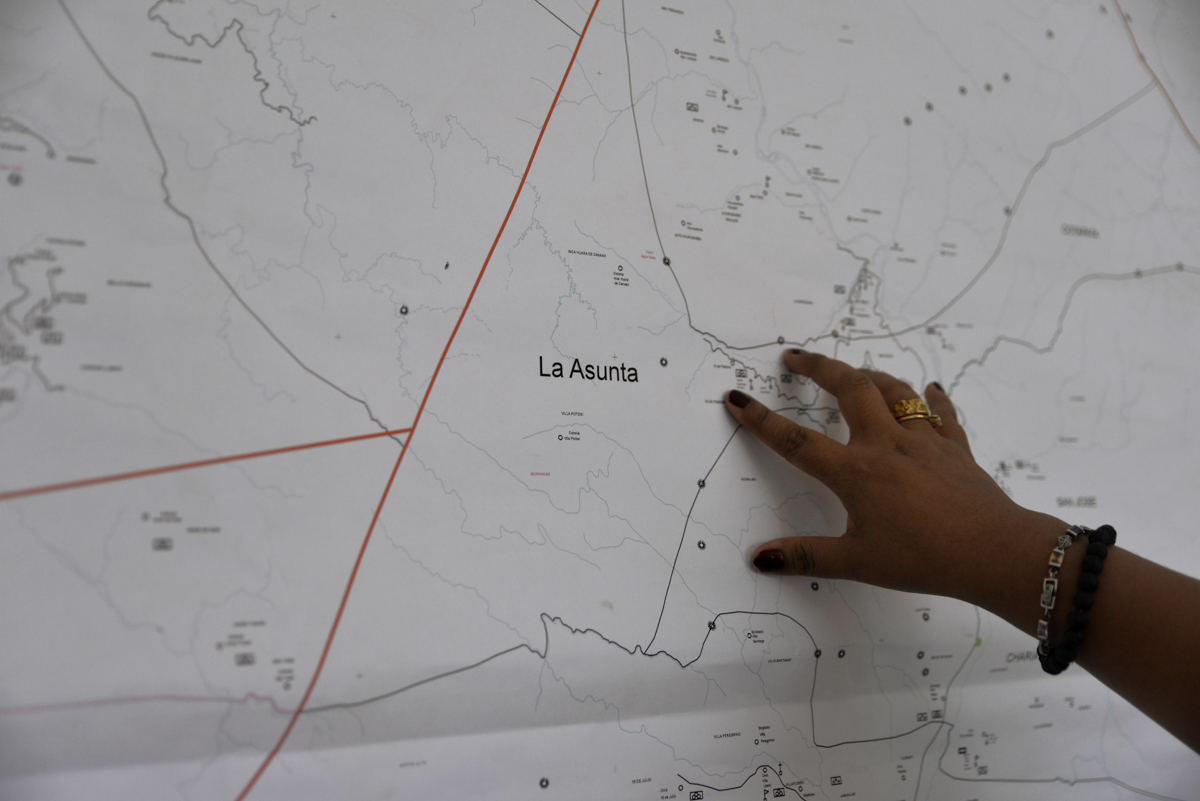
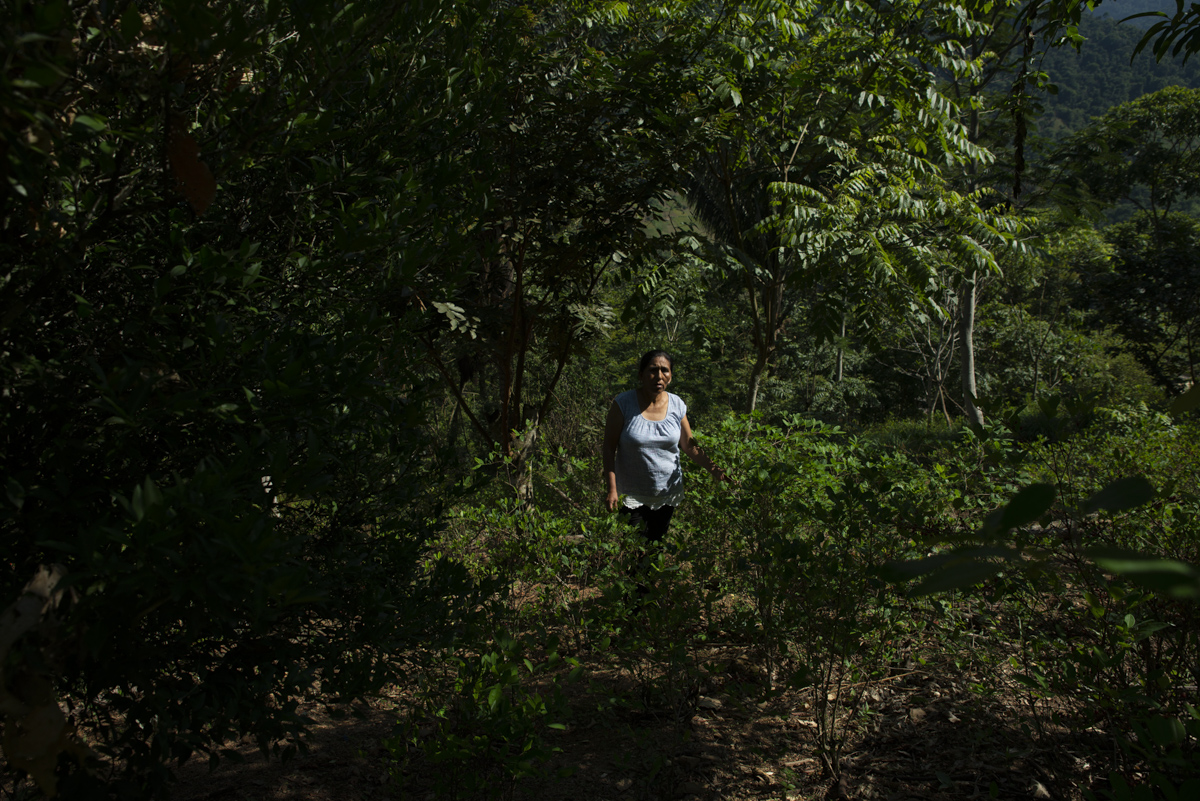
What is it like to be a photographer in Bolivia?
Sara A: It’s complicated. So far it is still complicated. Despite the fact that we are opening hinges and gaps that could not be done before. Or there wasn’t the drive to break these glass ceilings. It is these women who also throw us away so that we can do it. At least I feel like a privileged woman. I have everything in my house: electricity, water, shelter, food. Many women or people do not have the same conditions that I have and they fight. So how can you not try to do something like them?
As a photographer, I have had supports from other colleagues. I see that the changes are being made in collective ways. So, also to be able to help or support in some way so that they can meet and create these networks of contacts, so that they can do, so that they are not alone. If we are more voices speaking or chanting the same thing, it is a little easier than alone. It is very complicated, it is very difficult and it is very exhausting. I believe that all our positions and all our work show our ideas, our feelings.
Ara G: Work collectively among women is also very important in the coca-growing worlds. During the meeting we held, they themselves stood out a lot when we asked them (or when they asked themselves) what can be solved or who can help to be more heard within decision-making spaces.
Men tend to silence them, leaders, coca growers, they ridicule women, they silenced them. Ema was a union leader, who said: “We need the women among us to support each other within the unions themselves. So when a woman gives a position on some opinion or some other proposal, it is another woman who will support. It is a support network to be able to feel heard ”. I think that this sisterhood is very present in the coca-growing territories. One of our protagonists told us that she was inspired by her grandmother, who was not afraid to speak. There is, for example, the mother of the 13-year-old girl, who accompanies the children to the workshops. They are women supporting each other.
I believe that these ties between women are very strong, both in coca-growing territories and in other spaces, to be able to show these stories. It is a claim of existence. Because it is also reclaiming the voice and its demands, which are translated in terms of territory, in terms of material well-being, in terms of equity, of health. That is very interesting.
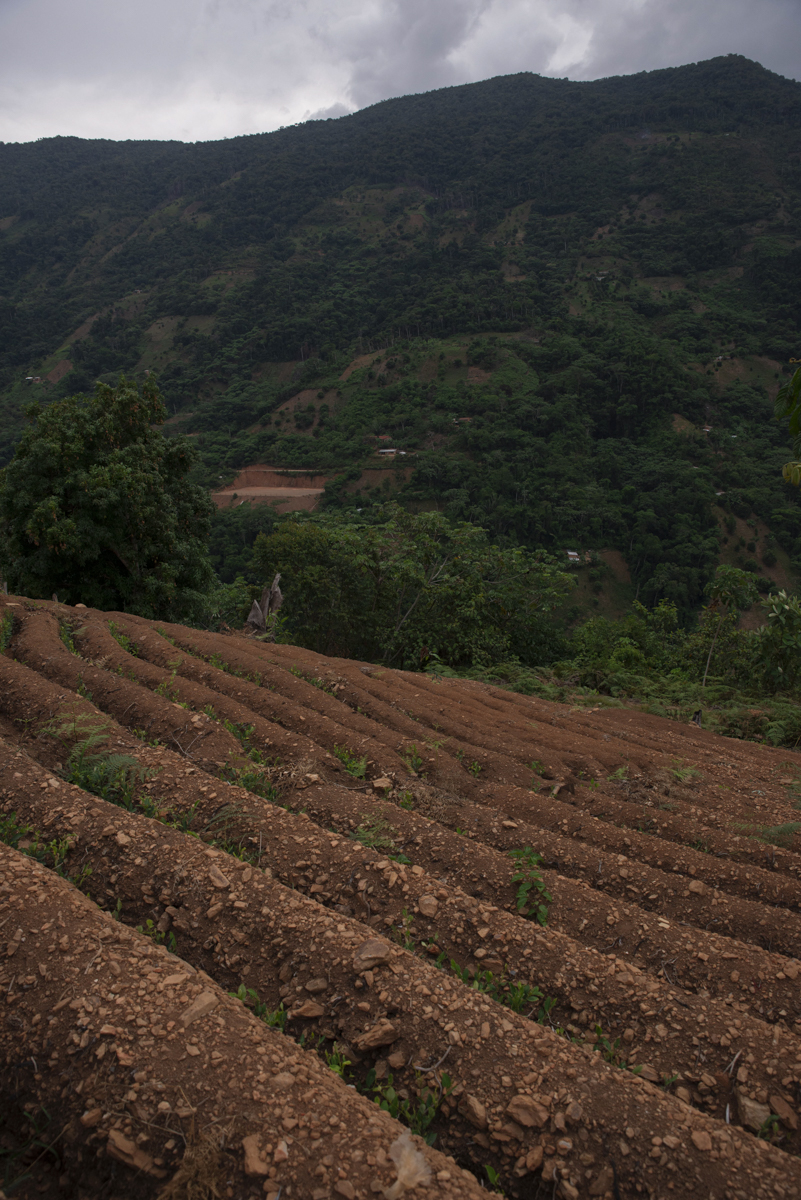
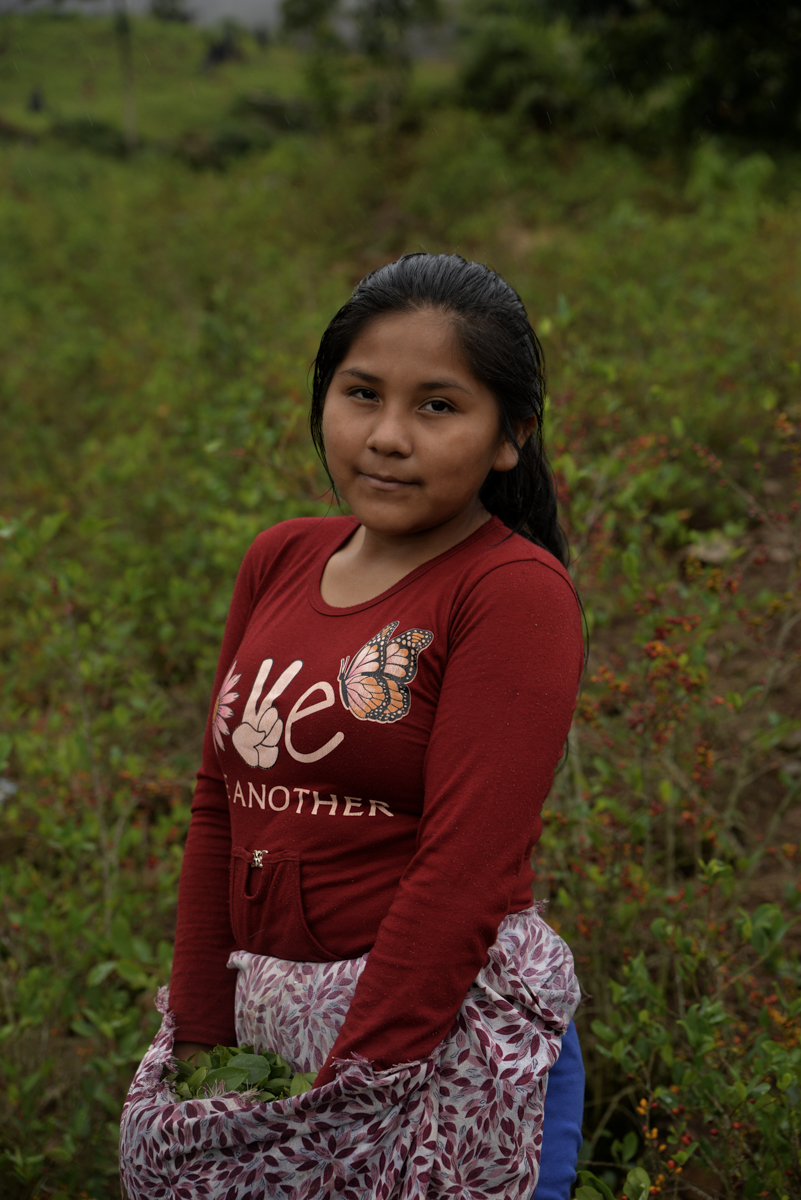
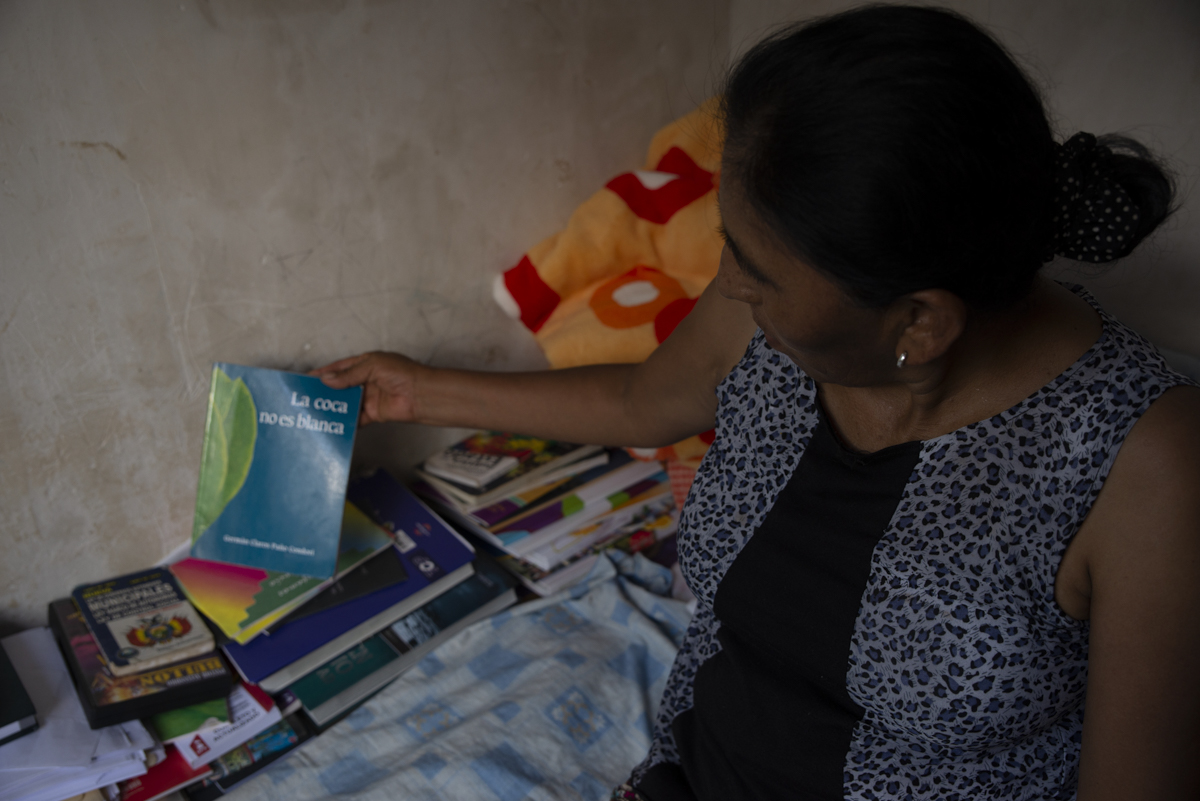
How did you come to work with coca-growing women?
Ara G: My approach was through the issue of gender and coca, because in the narratives of Bolivia as the great country that touches the debates, women are once again relegated within the history of social leaders. The demands of women are always coupled with other demands. It is also important to tell rural stories within a hegemony of the urban. Well, with the coca leaf, I was interested to how women print their own demands within social movements and also how they are actively participating in the creation of their communities.
We always see the history of men. It is a very heroic story, a story of Evo Morales, Napoleon, Che, or Fidel Castro. Whereas the history of women is the history of bonding. We want to tell the story of women, focus on daily life and the problems that arise from their daily lives. Because fighting against domestic violence is fighting within a huge bureaucratic state system and against the normalization of violence. It is an everyday story. I think of Estela and she seems impressive to me. During the quarantine, the government washed its hands of education and did nothing. They literally said that every student passed the school and that they were not going to see any educational policy. Estela taught the children. For almost two months she was a teacher in her community for free to build a sense of the common.
I think that story of women: telling us outside of heroism: what role do women have in building their own communities and transforming them? So we have entered these very complex stories, which have a lot of violence but also a lot of inspiration.
